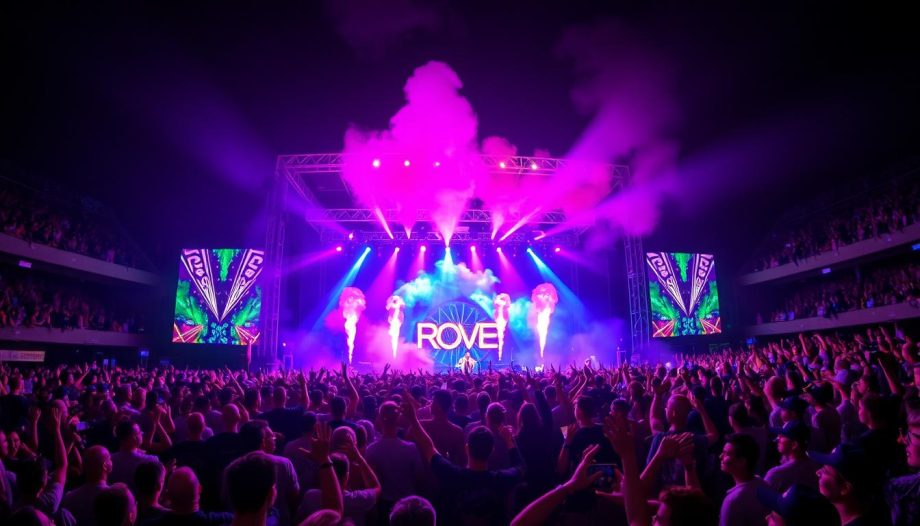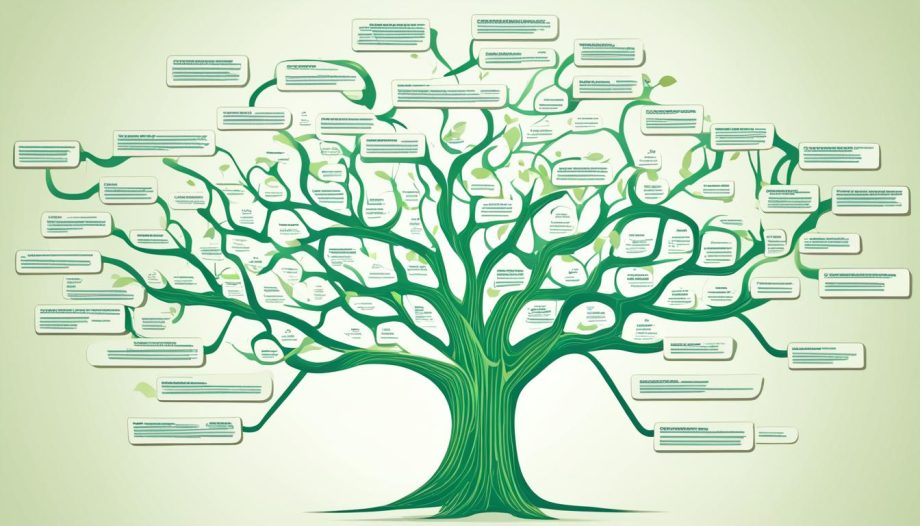Welcome to the exciting world of web design! Are you passionate about creating visually stunning and functional websites? Do you want to learn the skills necessary to turn your design ideas into reality? If so, you’ve come to the right place. In this section, I will guide you through the steps to get started in web design.
Getting into web design may seem daunting at first, but with the right guidance and resources, you can embark on a fulfilling and rewarding journey. Whether you’re a complete beginner or have some basic knowledge, I will provide you with tips and strategies that will set you on the path to success.
Learning the necessary skills is crucial in becoming a web designer. From HTML and CSS to JavaScript and user experience design, there are various skills that you need to master. I will discuss each of these skills in detail, providing you with the knowledge and resources to enhance your abilities.
In addition to acquiring the essential skills, finding inspiration is key to becoming a successful web designer. I will share techniques and resources to help you stay creative, discover new design trends, and develop a unique design style. Inspiration can come from anywhere, and I will help you find it.
Finally, I will guide you on how to begin designing your own websites. From planning the layout to choosing the right colors and typography, I will provide you with practical tips and best practices to create visually appealing and user-friendly websites.
So, if you’re ready to dive into the world of web design and unleash your creativity, let’s get started on this exciting journey together.
Essential Skills for Web Design
As a web designer, there are several essential skills you need to develop in order to succeed in this field. These skills will not only enable you to create visually appealing websites but also ensure a seamless user experience. Let’s explore some of these key skills:
1. HTML
HTML (Hypertext Markup Language) is the foundation of every web page. It provides the structure and content of a website. Having a strong grasp of HTML is essential for web designers as it allows you to create the basic structure and layout of a webpage.
2. CSS
CSS (Cascading Style Sheets) is responsible for the visual presentation of a website. It allows you to control the colors, fonts, layout, and overall design aesthetic. Understanding CSS is crucial for web designers to ensure their websites are visually appealing, consistent, and responsive across different devices.
3. JavaScript
JavaScript is a programming language that adds interactivity and functionality to websites. It enables you to create dynamic elements such as image sliders, pop-up modals, and forms. Proficiency in JavaScript will enable you to bring your designs to life and enhance the user experience.
4. User Experience Design (UX)
User Experience Design focuses on creating websites that are intuitive, user-friendly, and enjoyable to navigate. It involves understanding user behavior, conducting research, and implementing design strategies to improve the overall user experience. A strong understanding of UX principles is vital for creating websites that fulfill user needs and goals.
5. Graphic Design Principles
Knowing graphic design principles such as color theory, typography, and layout will elevate your web design skills. These principles will help you create visually appealing designs that communicate effectively with your target audience.
6. Problem Solving
Web designers often face challenges and obstacles when creating websites. The ability to problem-solve and find creative solutions is a crucial skill. It requires critical thinking, attention to detail, and the ability to adapt to different situations.

By mastering these essential skills, you will be well-equipped to create visually stunning and user-friendly websites. Remember to continuously learn and stay updated with industry trends to enhance your skills as a web designer.
Tools and Resources for Web Designers
As a web designer, having access to the right tools and resources can greatly enhance your design process and help you create stunning websites. Fortunately, there are plenty of options available that cater to different skill levels and design preferences.
When it comes to website builders, platforms like Wix, WordPress, and Squarespace offer user-friendly interfaces and customizable templates that allow you to create professional-looking websites without the need for coding knowledge. These tools provide a great starting point, especially for beginners or those looking for a quick and easy solution.
For more advanced designers, graphic design software like Adobe Photoshop, Sketch, and Figma offer powerful features and extensive design capabilities. With these tools, you can create intricate mock-ups, manipulate images, and fine-tune every visual aspect of your website.
When it comes to coding, Sublime Text, Visual Studio Code, and Atom are popular choices among web designers. These coding editors offer syntax highlighting, auto-completion, and a range of plugins to optimize your coding workflow and make writing HTML, CSS, and JavaScript code more efficient.
Additionally, online communities, forums, and tutorials provide invaluable resources for web designers. Websites like Stack Overflow, Dribbble, and Smashing Magazine offer forums and articles that allow designers to share knowledge, seek inspiration, and stay updated with the latest trends and best practices in web design.
By utilizing these tools and resources, web designers can streamline their design process, enhance their skills, and create visually captivating websites that engage and delight users.



